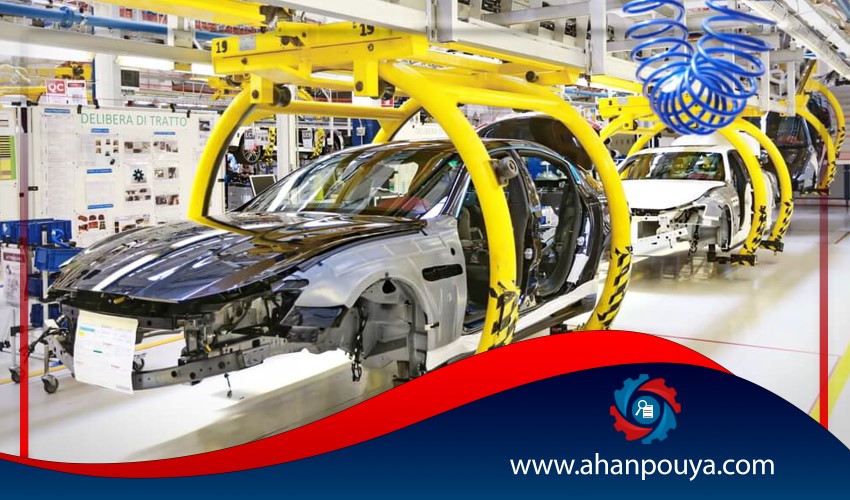
Steel and iron, due to their durability, strength, high strength, cost-effectiveness and recyclability, have a special place in the transportation industry and improve its methods and reduce the life of greenhouse gas emissions.
According to published research , approximately 16 % of the steel and iron is used for transport requirements , especially car construction .
Cars are one of the most widely used modes of transportation in the field of steel.
In other words , steel is the main ingredient in the car production , which accounts for about 65 % of the average weight .
In total, the distribution of steel in the car is as follows :
1. 34 % for car construction in body structure , framework , and doors
2. 23% on trains made of iron and cast iron to make engine blocks and carbon steel usable in wear-resistant gears
3. 12% in the suspension using high-strength steel straps
Other: For wheels, tires, fuel tank and steering system
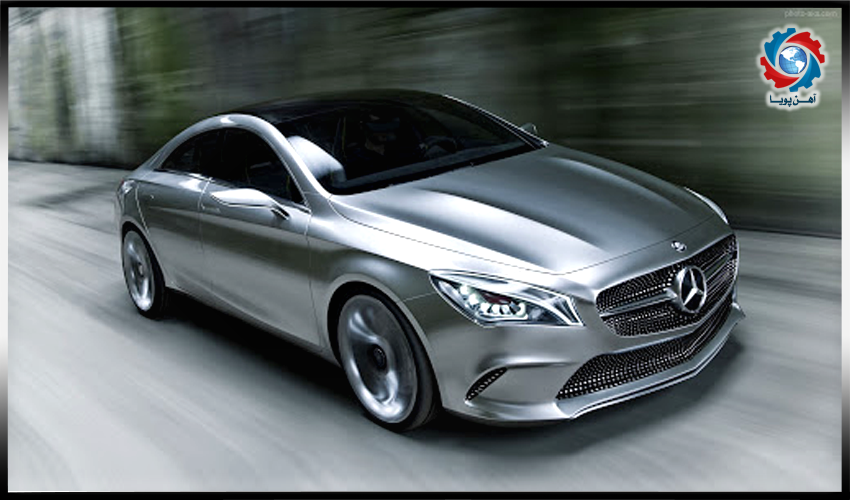
Large steel companies are currently investing in the production of high-strength steels (HSS). to preserve its position as a matter of choice for the car industry . These steels, which make up at least 60% of the body structure of today's vehicles, They have a minimum tensile strength of 500 to 800 MPa.
These steels have comparable strength and weight savings compared to traditional steels, and their use in the structure of the body makes the design of vehicles lighter and more efficient, increases safety and improves fuel consumption.
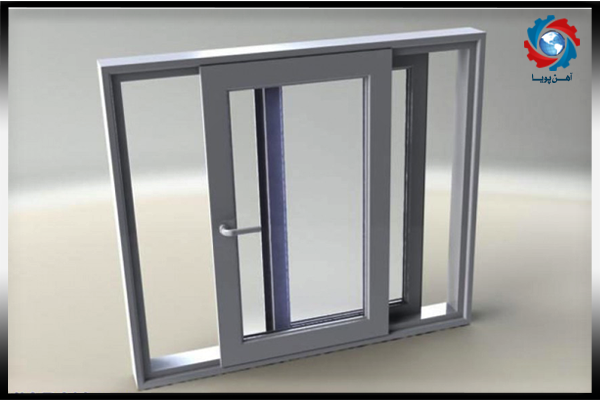
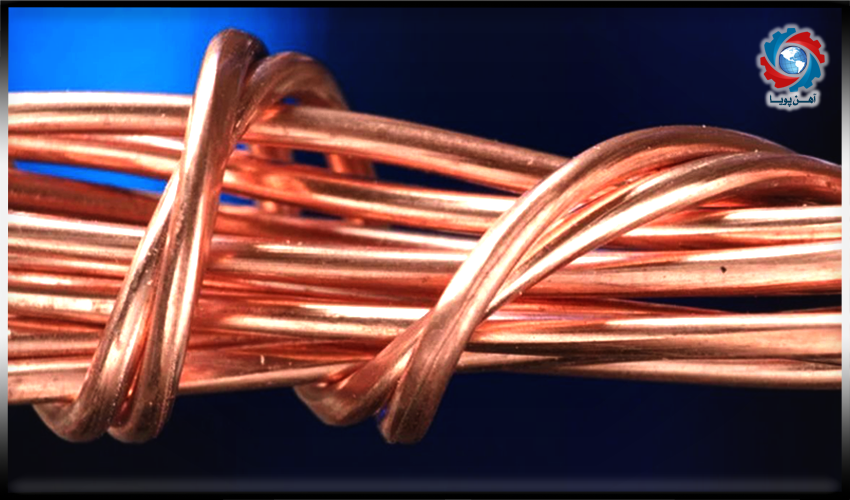
Application of aluminum in high-speed and freight trains
aluminium is among non - ferrous metals which have played an important role in the development of the transport industry , especially during the last decades .
The reasons for the vast use of aluminium in transport , especially transport , are :
.1Strength to weight ratio: This feature, while reducing weight, also maintains its strength at the normal level
2. Corrosion resistance: Aluminum protects itself due to exposure to air by creating a surface protective layer. This feature increases the lifespan of vehicles and reduces maintenance costs.
3. High ductility: This feature increases the power and variety of the design of different parts by designers and helps to build a beautiful, lightweight yet durable train.
4. Lightweight: This feature increases the speed of trains, reduces fuel consumption and increases their life
5. Recyclability: The use of aluminum, due to its recyclability, compared to other metals, is beneficial to the environment and causes less damage to it. This metal is not only widely used in the automotive industry, but also in the field of aerospace and rail transport, especially in the field of high-speed trains. Almost all cargo parts of the train are made of aluminum. Due to the use of wood and cast iron in the construction of the first trains and the problems of cast iron corrosion in boilers, aluminum became popular in some parts of the train. Although the first use of aluminum in the construction of trains dates back to 1894, more than 125 years ago, but in the 1930s the use of aluminum in the railway industry developed and after that its development stopped for 50 years until about In the 1980s, aluminum became the main metal used in the rail transport industry. Hence, the lifespan of this metal in the rail field is about half a century.
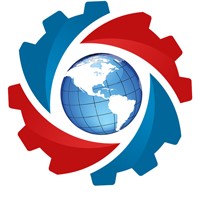
Ahan Pouya with more than a decade of best-selling experience, adheres to professional and ethical principles in the field of selling and buying at inside and outside the borders of Iran, helping you in the steel industry.